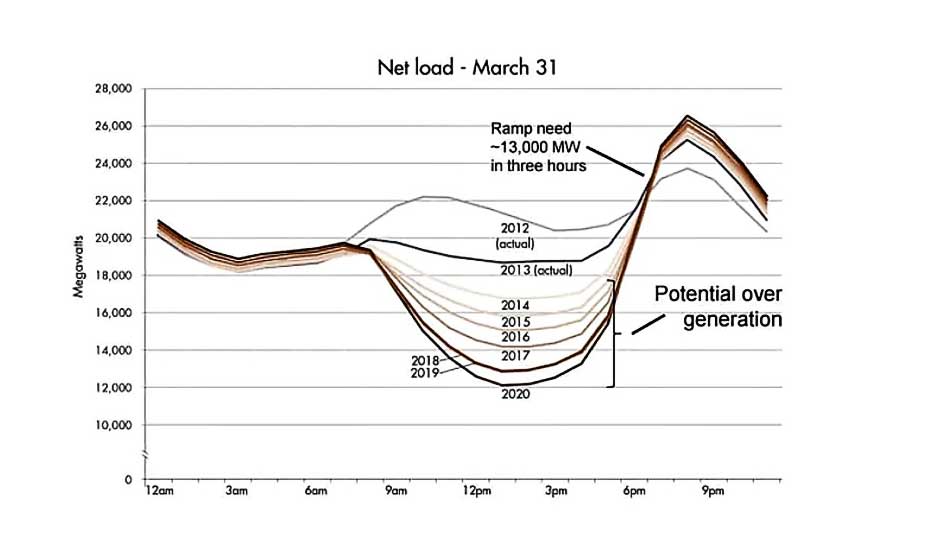True Edge Computing
3 Enterprise Mission Use Cases
The Bandwidth Limitation Problem and The Edge Computing Solutions
Edge Computing is a platform independent of the cloud. For this reason, and as more people use mobile computing and the number of cloud-reliant IoT devices rise, networking bandwidth is greatly strained. The volumes of data used for analytics, machine learning, and automation can result in expensive costs to transport data to central locations for processing.
Edge Computing addresses these issues by processing data closest to where it is created. Consequently, it dramatically reduces the need to transfer data back and forth.
Edge Computing offers five notable benefits that resolve the bandwidth limitation problem:
- Necessitates real-time processing of data
- Lowers transport costs of data
- Yields lower latency
- Greatly improves network efficiency
- Minimizes security risk to the data
5G networks promise all these five benefits because they are built on and take advantage of edge computing architectures known as Multi-access Edge Compute (MEC). Enterprise mission-case use cases are being realized using edge computing, enabling improved business outcomes. Here, we examine the business cases for edge computing and its benefits for enterprises across various industries.
1. Edge Processing Applications for Intelligent Transportation Systems
Modern mobility requires the output of data in real-time to execute critical applications.Today’s Intelligent Transportation Systems can take full advantage of True Edge Computing by processing critical data without the need for fluctuating cellular connectivity or latency risks. The TELiG E1500, for instance, enables cities to seamlessly automate their traffic management plans, perform analytics, process probe data, and more, all at the edge on a single device.

Edge-Processed Analytics
Wrong-way driving systems provide one example of critical analytics that can be performed at the edge to reduce risks to the overall systems’ performance. Video data that must be processed by migrating to the cloud is exposed to failure if network connectivity is lost or latency issues delay preprogrammed response actions. When done at the edge, this same data is processed quickly without reliance on the network, improving uptime for this critical application.
Avoid and control exorbitant data costs
As device implementation expands so do our capabilities to dynamically respond to changing traffic conditions using this influx of additional data. As more and more data is moved over the network, data costs can be unpredictable and expensive, with single locations utilizing upwards of $1,000 in data costs each month to stream and process video and other data. Control unexpected data costs and add efficiency to budgetary planning by processing data at the edge, eliminating unexpected, unnecessary expenses
2. Edge Computing Benefits for Solar Energy
Solar energy and edge computing technologies are joined by the hip. Solar energy grids are power supply networks that rely on digital communications technologies to analyze and react to usage fluctuations. As the number of households and businesses that use solar energy rises, so does the demand for a more robust and field-based monitoring system.

Solar grid benefits from Edge Computing include:
Energy Saving
Edge Computing plays a critical role in supporting smart grid applications such as grid optimization and demand management. For example, an Edge Computing system can use IoT devices and sensors to help a solar energy grid manage energy across enterprises, factories, offices, plants, and neighborhoods.
An Edge Computing platform is capable of tracking and monitoring energy usage in real-time and visualizing it on dashboards. These features can help power distributors manage energy consumption and set up system policies to manage consumption and implement energy usage limits.
Battery Optimization
Solar grids rely on batteries to store the energy needed when the sun is not shining. Batteries are perhaps the costliest of all elements that make up solar power systems. In this regard, power suppliers rely on task-level technologies that optimize battery performance and extend battery life in a Task Offloading process.
Task offloading takes into account Depth-of-Discharge (DoD) constraints to optimize the amount of power each battery or battery rack stores and discharges. Edge Computing provides the processing efficiency and the analytics bandwidth required to optimize power batteries through task offloading and other methods in different locations.
Predictive Modeling
Predictive modeling plays a crucial role in the management of decentralized energy grid systems. Intense computing is required to predict models of uncontrolled variables such as solar power generated and energy consumed by groups of users over a specific period. Other variables that must be factored in predictive modeling include power generation trends and weather forecasting.
The processing capacity of Edge Computing makes it easier for power generators and distributors to accurately model power demand and supply based on these variables. Because Edge Computing is field-based, systems can be installed at the site of power generation and data processed and made available on the cloud.
3. Edge Computing Benefits of Hot Standby/Redundancy
Components such as audio/visual switches, servers, desktop computers, backup hard drives, and network printers must always be powered and on standby. The failover systems that ensure their reliable and secure operation similarly need to be robust and ready to take over in case of device or system failure.

Edge Computing is the ideal hot standby and redundancy platform to use in both small and large scale applications for five main reasons:
- Offers instantaneous failover support
- Capable of simultaneous transmission where required
- Always On - Always connected to power and network
- Ability to separate traffic to take advantage of LTE Band attributes
- Promises Five 9's connection redundancy
Council Rock's Approach to Edge Computing
Council Rock is a leading engineering company focused on empowering Industrial IoT with a full suite of communication solutions. Their unique Edge Computing platform is designed with a focus on critical infrastructure applications with the latest technologies in hardware and software. Here is what makes their Edge Computing different and better:

Hardware:
- Multi-Mode Communications
- Precision GPS provides sub-millisecond resolution event timing
- Future proof modular hardware design with ample memory, storage, and processing power built into every end-user device we sell
- TELiG High-Power CBSD CAT B – first of its kind
Software:
- Embedded edge-based computing
- Open interface based Industrial IoT platform available in multiple deployment modules
- Embedded DERMS interfaces IEEE2030.5 for renewables integration
- Enhanced security
- Trusted Platform Module (TPM)
Edge Computing is a game-changer
Edge Computing is a revolutionary paradigm that has already impacted many industries, including IoT, autonomous vehicles, smart grids, traffic management systems, and 5G, among others. However, the robustness and capabilities of Edge Computing platforms are largely dependent on the company that is developing and rolling them out.
Council Rock’s powerful Edge Computing is a game-changer. As an agile company, its system is built on a business-first approach and comes bundled with the right solutions to empower critical infrastructure across industries. Contact CouncilRock’s Sales Experts for more information or try before you buy.